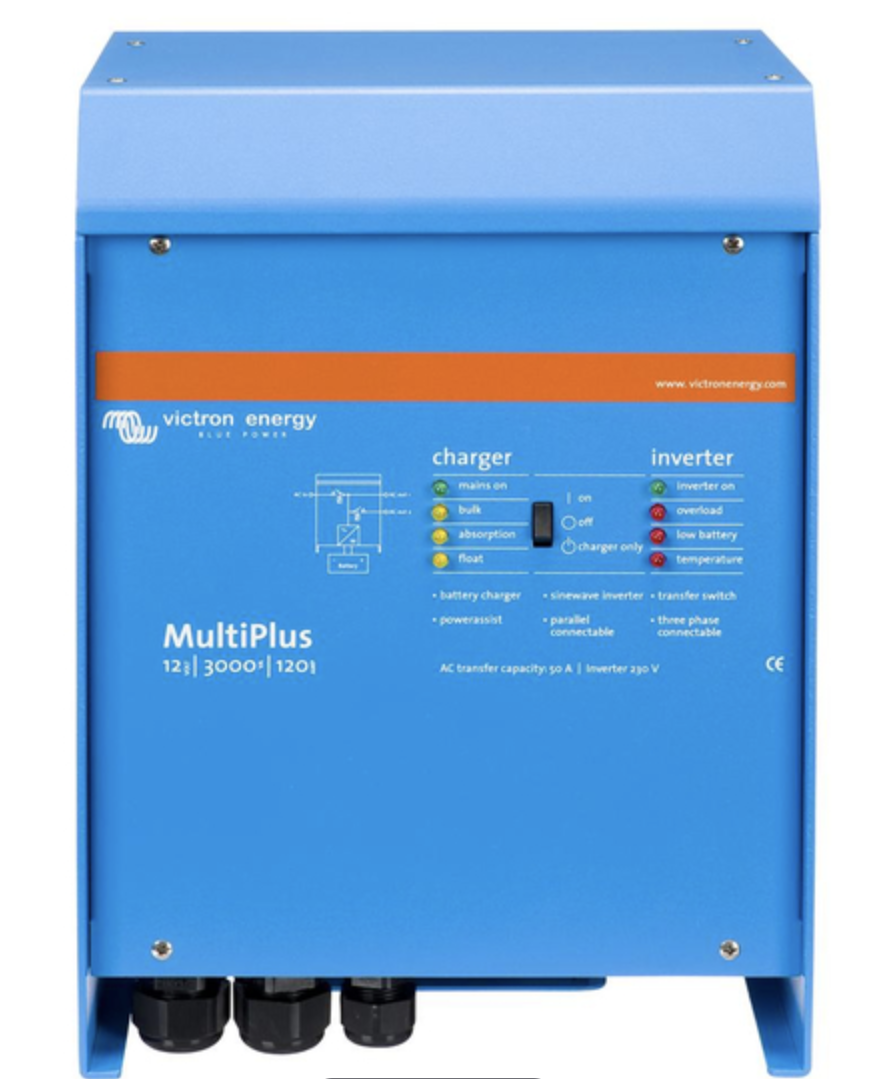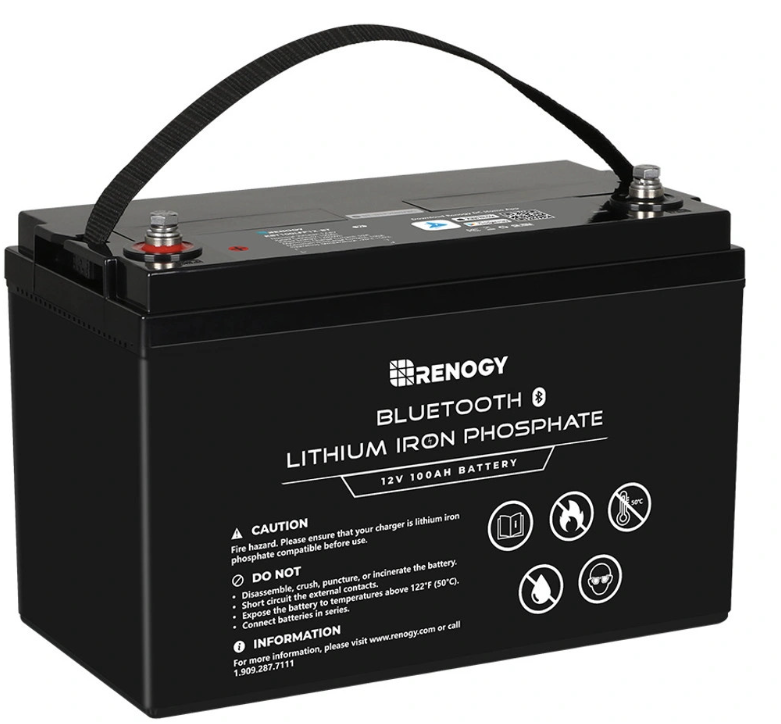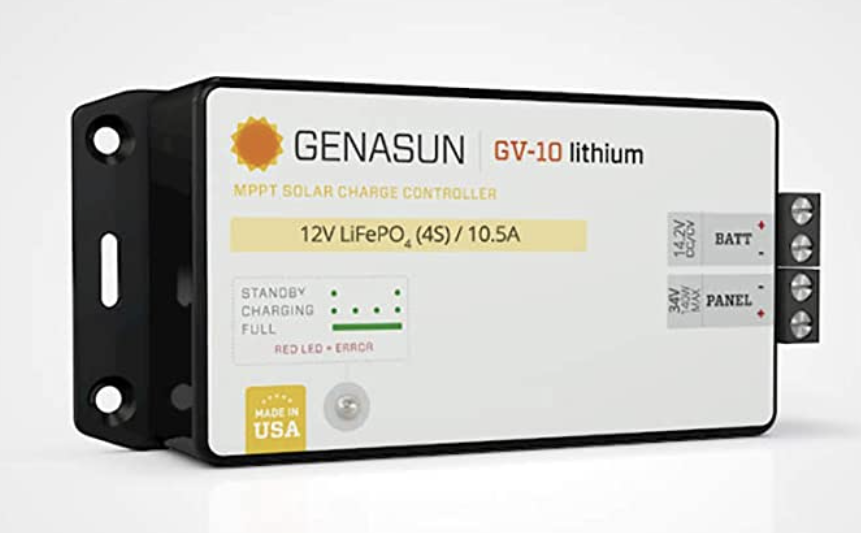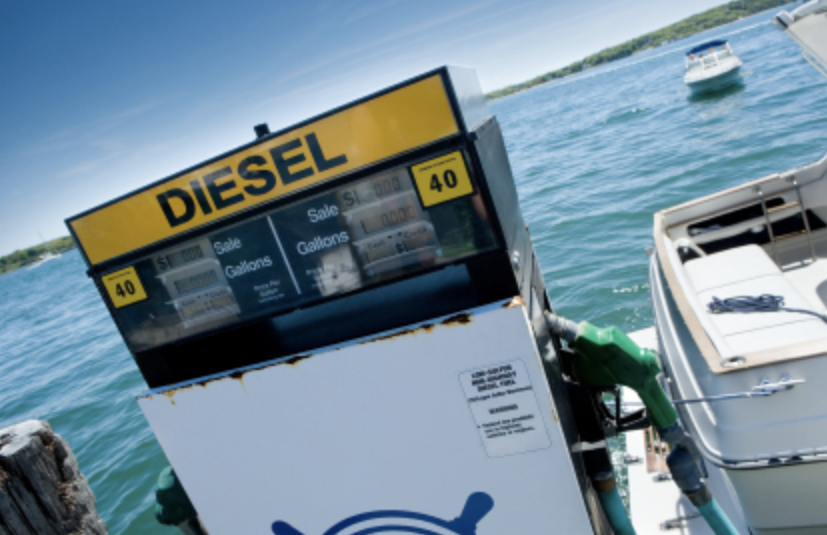Lithium-Ion Batteries Explained

Seachange is a privately owned, 15m aluminium catamaran used for recreational purposes cruising the coastal waters of Northern Australia. Originally constructed as a live-aboard for a cruising couple, Seachange recently changed ownership and was relocated to Darwin, which is home to Australia’s most extreme tropical climatic conditions.
The vessel usage changed considerably with the new owners and it was found that the existing battery and inverter system was unable to provide the power required to run vital systems for any reasonable length of time. The catalyst for the increase in usage included a substantial increase in crew numbers requiring additional energy for refrigeration, freezers, ice maker, cooling and cooking.
The existing system consisted of a Victron Energy 2kVA inverter/charger powered by two 250Ah gel cell batteries which were charged via both engine alternators when underway, two Kyocera 130W solar panels and the on-board 12kVA generator.

Power availability was very limited, requiring a tight management of which appliances were used concurrently. This is not difficult when the crew are familiar with the vessel’s normal operation but became problematic when new crew were on board.
This necessitated an upgrade, which required the vessel to support concurrent use of all essential 240VAC appliances, support the vessel on battery for extended periods of preferably up to 24 hours, minimise time required to fully recharge the batteries and reduce operational cost and total cost of ownership.
To achieve those objectives the Sydney-based team at Ynovex, specialised in mission critical lithium-ion power systems for mobile applications, still had to reduce genset run-time, improve comfort by running air conditioning and all home appliances while cruising, while still using two propulsion engines, genset, solar panels and shore power as the electric energy sources.
They selected Genasun batteries (six 360Ah 12V lithium-ion batteries and one 100Ah 12V lithium-ion battery) together with solar controllers, a Victron Energy 8000VA inverter/charger and isolation transformer and Balmar alternators and regulators.
Solution

It was identified early in the design process that a lithium-ion battery solution would go a long way towards addressing the required outcomes due to their inherent ability to accept maximum charge current (1 x capacity) from an 80% discharged state to fully charged as well as a 2000+ cycle capacity.
However, these are delicate items that require considerable care in use. Discharge them too deeply or overcharge them and they can be damaged beyond repair.
“It became clear that a fully automated battery management system would be a key requirement.” The design team at Ynovex approached Genasun in the USA with a view to pairing the equipment with Victron Energy components and creating a self-managed battery system that would address the owner’s specific requirements whilst remaining inconspicuous to the day-to-day operation of the vessel.
It became evident that the new system would need to be designed as 24VDC in an effort to reduce the current loads despite the fact the vessel was configured as 12VDC. This would necessitate the upgrade of the anchor windlass motor and the davit winch as they were high current loads while the rest of the vessel would be fed via redundant DC converters.
It was decided that Seachange would run four separate battery banks: three 9.6kWh banks composed of two 12V 360Ah Genasun batteries each wired in series and a fourth bank of 1.3kWh composed of a 12V 100Ah Genasun battery dedicated to mission critical navigation systems for redundancy.
With charge and discharge loads calculated at a maximum of 300 amps, Seachange was rewired with cable suitable to accommodate these loads. The physical installation dictated that half of the batteries were housed in each hull and the interlinking cables needed to ensure voltage drop was kept to a minimum.
- Two 24V 140A Balmar alternators with regulators were added, one on each propulsion engine to provide sufficient charge current whilst underway.
- A 24V 8kVA Victron Energy Quattro inverter/charger and an isolation transformer were chosen to cater for the operating load of the boat whilst seamlessly managing charging from shore power or the existing on-board generator as required.
- The two existing solar panels were connected to the charge bus via new 24V Genasun MPPT controllers for lithium to maximise their efficiency.

The key to safety and availability are the four Genasun Battery Management Systems (BMS) deployed on each battery bank. Each controller is connected to all of the individual cells of each battery, monitoring their state of charge and ensuring constantly that all cells are correctly balanced.
The charge devices are connected to a charge bus and then to the battery banks via BMS controlled relays. Likewise, all the load devices are connected to a load bus and can be isolated from the battery via BMS controlled relays.
This allows each BMS to cease any discharge whilst still maintaining charge capability or alternatively disconnecting the charge if it was over voltage without removing the load and disabling mission critical low voltage circuits such as navigation or bilge pumps.
Results
In the months following the completion of the installation, Seachange has undertaken several voyages to put the new system through its paces and the results have been outstanding. Under normal DC load of approximately 30 amps at 24VDC the system will provide in excess of 24 hours without the need for charging.
This includes peak loads of items such as toasters, kettles and microwave ovens, multiple freezers, multiple refrigerators and an ice maker. Typically, the system discharges at a rate of 3% per hour which results in a daily routine of approximately 20 hours of discharge totalling 60% followed by 4 hours of generator charging to recover to 100% state of charge.
At this rate of usage expected life cycles could potentially reach up to 2,000 or in excess of 8 years if used every day. “In addition to the long life of these batteries, the generator runtime has been reduced by 65%.”

From running in excess of 12 hours per day the generator is now down to 4, at 2.5 litres of diesel per hour this represents a potential saving of 20 litres per day (around A$35), a total of 7,300 litres per year (around $A13,000).
These numbers are obviously open to interpretation, but the clear result is that the greater the usage of the vessel the higher the relevant savings could be. The owner comments “in real terms, on a four-week cruise on Seachange we would save in excess of 500 litres of diesel, increasing our potential range by 25% (some 200 nautical miles) which is an outstanding result.”
An added bonus is inverter capacity, Seachange is now capable of running air conditioning whilst underway and at rest, making for exceptionally comfortable cruising in the often stifling conditions. This of course increases generator usage but results in a much happier crew, which is priceless.